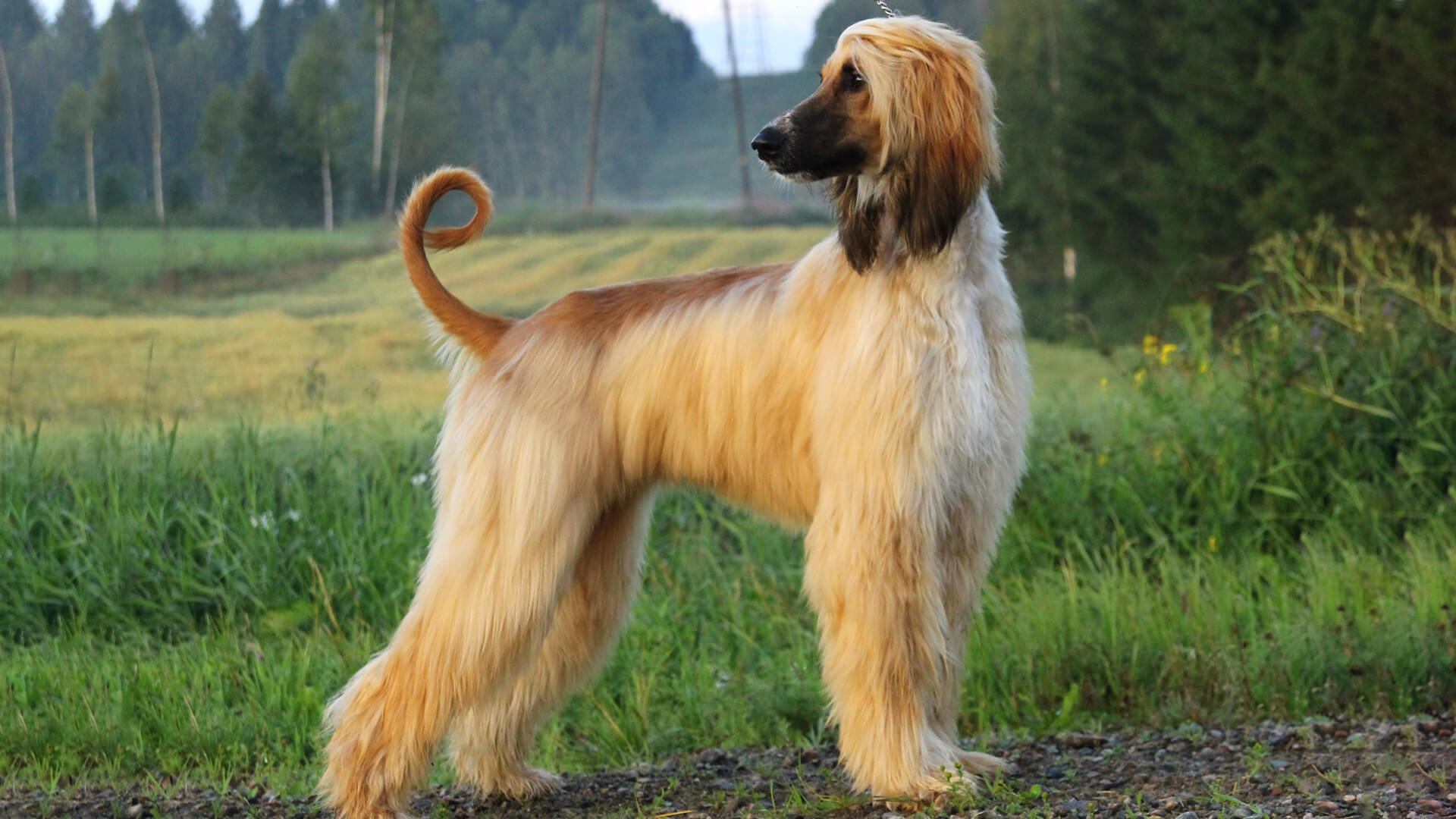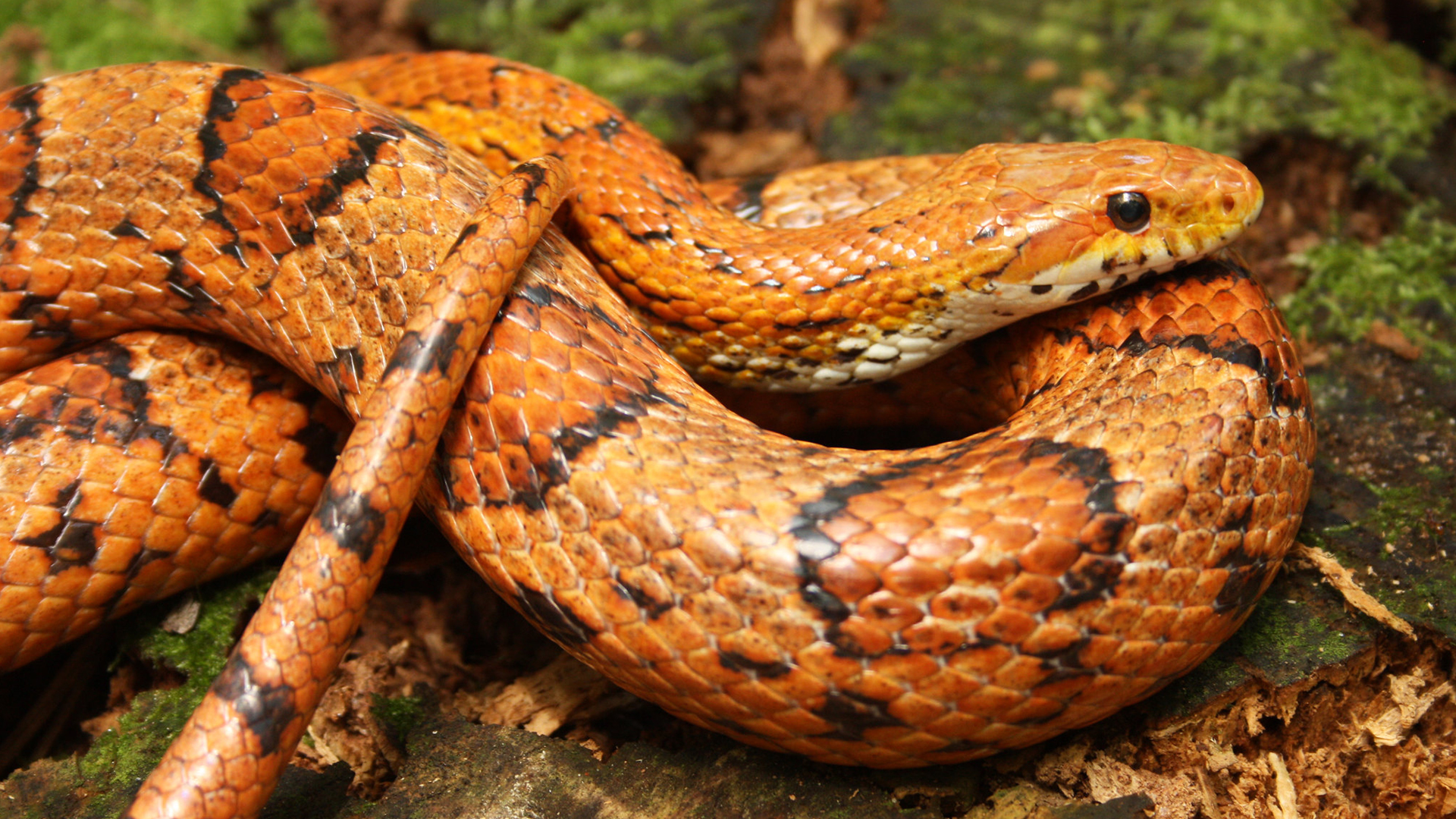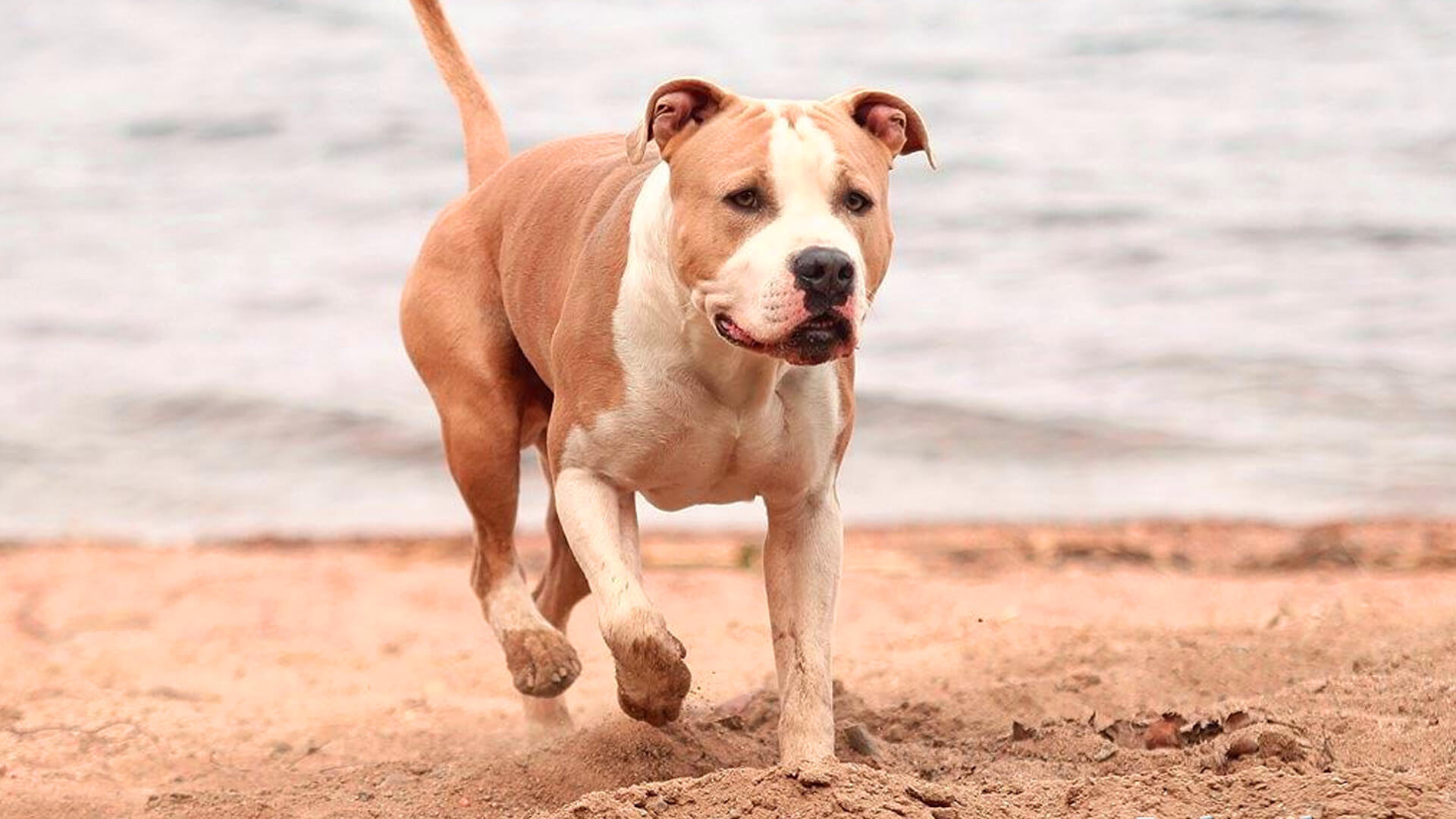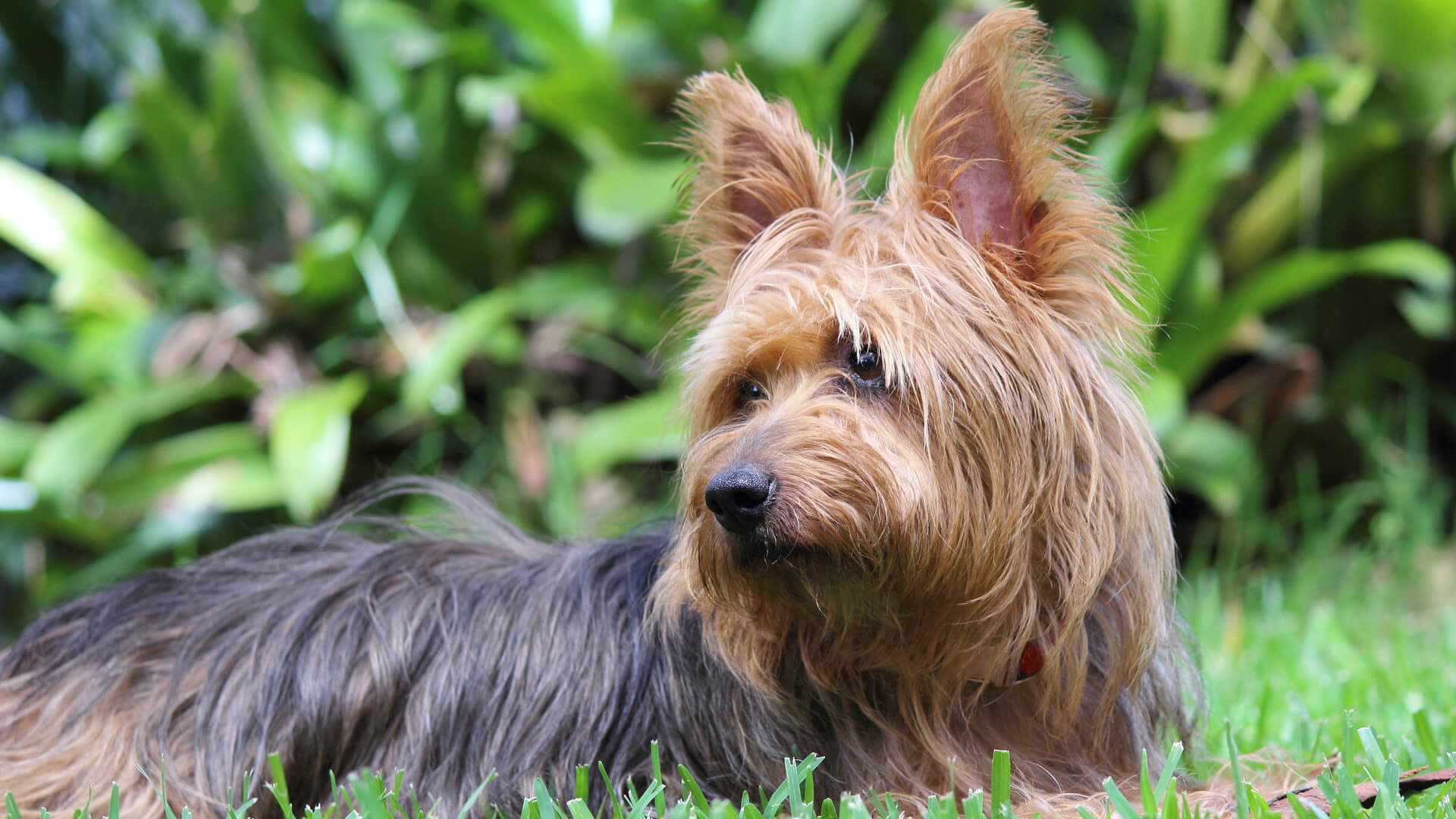Finger Monkey- a finger-sized monkey got its name because of its size, also known as a pygmy marmoset. Finger monkeys are very popular among people because they are so small and they look cute.
Finger monkeys live in the rainforest canopy of South America. They are arboreal (live in trees) and diurnal (active during the day). There are about 19 known species of finger monkey, ranging from mouse-sized to as large as a marmoset.
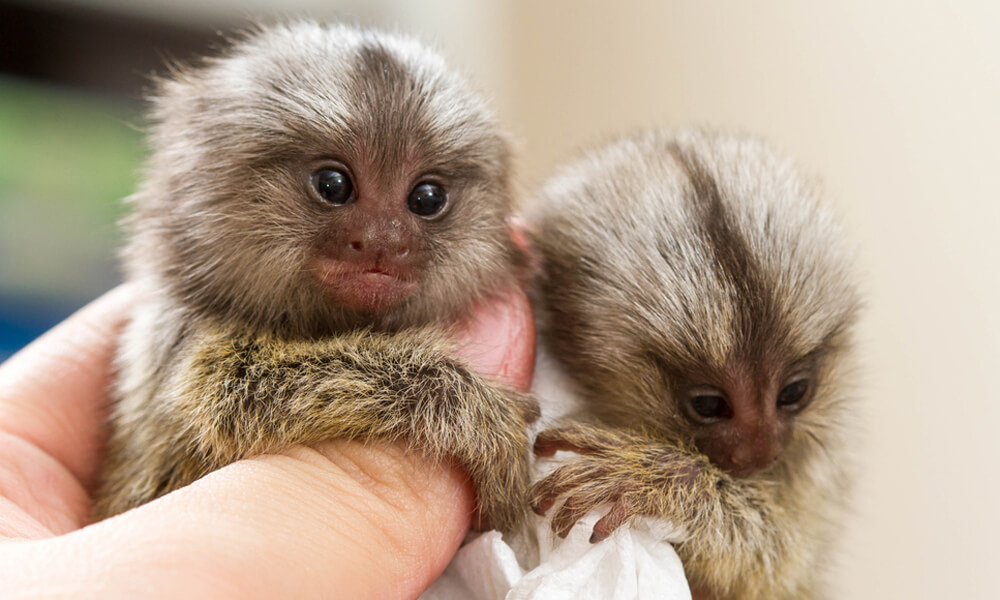
Distinctive Features of a Finger Monkey
The finger monkey has a head-body length of around 12 inches (30.5 cm).
The body of the finger monkey is light pink in color and the hands and feet are black. It has long fingers and toes that are multi-jointed. All fingers have nails except for the thumbs.
Its long tail measures about 4 inches (10 cm) in length, but it is prehensile which means it can be moved freely. They use their tail in social situations to attract attention and to communicate over distances. The tail is also used to help balance when they're jumping from tree to tree in the trees.
These animals have claws on their hands and feet to help them cling to tree branches when they are climbing. They use their sharp teeth for cutting food, grooming themselves, or fighting with other animals in their territory.
The face of the finger monkey is often depicted as a smiley face.
While both males and females have identical physical characteristics, they are not always the same size. On average, males are much larger than females. They also have a different set of habits than females do. Males tend to be more aggressive than females with their natural predators such as snakes, which is why they live in higher parts of the trees where there is less access to snakes. Females typically live in lower parts of the tree where they can better watch over their babies.
How to Take Care of Pet Finger Monkey?
Unlike dogs and cats, taking care of this animal is not an easy task. You can't just take care of them by feeding them on time. They need human interaction as well as interaction with other monkeys. As these animals live in groups, you need to give the company of at least one other finger monkey. They become aggressive when they are left alone.
How to Setup Habitat for Pet Finger Monkey?
The best setup for a pet finger monkey is to keep it in a cage or enclosure with plenty of trees and other surfaces for climbing. There should be plenty of space to run around and explore. It's recommended to put a bell on the door so that you know when the monkey is swinging on the door handle!
The size of the cage for a pet finger monkey may depend on the age of the monkey. It is best to have an enclosure that is spacious enough to allow movement, and a cage should be big enough to provide both horizontal and vertical space.
- For adult monkeys, their enclosure should be at least 10 square feet and 10-12 feet in height.
- Younger monkeys (infants to 3 years old) should have a cage with at least 5 square feet of floor space and 6-8 ft in height.
Pet owners should also make sure that the cage has a door rather than bars on the front so that they can interact with their pets more easily. Finger monkeys like to climb so they should have plenty of space in their cage to do this safely.
Toys are also essential for your pet finger monkey's well-being. Consider the following:
- swings, ropes to swing on
- perches
- hammocks
- small logs to climb on
- platforms or bird feeders to climb to and hang off of
- climbing vines
- ladders
Finger monkeys are not easy to have as they are notorious, full of energy, wild, and social. They look cute but you should be ready for a long time of care and love before having this animal as a pet.
What to Feed Pet Finger Monkey?
Common foods that pet Finger Monkeys eat are fruits, vegetables, seeds, nuts, and small insects.
Finger Monkeys are generally healthy animals and their diet is not too restrictive. It does need to be supplemented with calcium supplements in order for them to grow strong bones and teeth. They also need a variety of vegetation which includes a lot of green leafy vegetables. But whatever you feed them bear in mind that their diet should be enriched in Vitamin C and D3. This is important for their growth and good health.
Fun Fact: A baby finger monkey must be fed at least once in two hours regularly for two weeks.
What are the Health Concerns of Pet Finger Monkey?
A pet finger monkey can be a great addition to any household and provide entertainment, companionship, and intelligence. They are smart animals and make good pets. However, they also have the potential to carry some health risks, so it's important to know what those are beforehand.
In the wild, the finger monkey has many health issues that are not seen among other types of primates. They have been seen to have fleas and ticks on them because they live in areas where there are a lot of these animals. These monkeys also catch diseases from eating contaminated food or drinking polluted water. It's tough to say what diseases they can catch but researchers have found them sick with parasites like roundworms or tapeworms that infect their digestive tract.
Pet Finger Monkey health can vary between each individual animal - it all depends on their diet, environment, genetics, and what vaccines or medications they've been exposed to in the past. Some of the health issues include allergies, respiratory infections, and gastrointestinal problems.
Amazing Facts About Finger Monkey
- There is a high juvenile mortality rate among pygmy marmosets and as a result, less than seven out of every 10 survive to 60 days old.
- They are a very intelligent species of animal that has been observed using tools to get food and to make new nests for themselves. This makes them one of only two species of monkeys that use tools, along with capuchin monkeys. They can also be found living in troops.
- A small 3-ounce baby monkey will likely cost you anywhere from $1400 to $4000.
- Triplets are rare with an 8% probability and single offspring coming in at 16% of the time.
- The infant mortality rate is as low as 25% and even that is mainly because of infants falling to the ground after slipping away from their mothers.
What People Are Reading:
Frequently Asked Questions About Pet Finger Monkey
Some of the generally asked questions are answered below.
Do Finger Monkeys Make Good Pets?
The answer depends on how you take care of them, which is not an easy task. First, you must have a proper understanding of what these animals eat. A finger monkey needs to have a diet enrich in Vitamins, Proteins, and Calcium.
Finger monkeys generally live in groups. The Finger monkey group is usually made up of 7-9 monkeys. The reason they can also be aggressive at times if they are left alone. According to finger monkey pet owners, sometimes these pets become so wild that they start biting or throwing their feces around. So, if you're planning to have a pet finger monkey, then it is suggested that you go for at least two monkeys.
Is it Legal to Own a Pet Finger Monkey?
Depending on the rules and regulations of the state you're living in, you can own a finger monkey. While it's allowed to pet this monkey in some states, there is a complete ban on owning any kind of monkey in other states. Some other states allow you to pet a monkey with some restrictions.
In 2012, the 19 states where the complete ban occurred were: Colorado, California, Connecticut, Georgia, Kentucky, Louisiana, Maine, Massachusetts, Maryland, Minnesota, New Hampshire, New Jersey, New York, New Mexico, Pennsylvania, Rhode Island, Utah, Vermont, and Wyoming.
The price of a finger monkey varies between $1000-$4000. But, one should be ready to buy other things to give a suitable environment for this animal to live in. Apart from the cost of specialized food and cage, you should consider the fees of veterinarians also.

